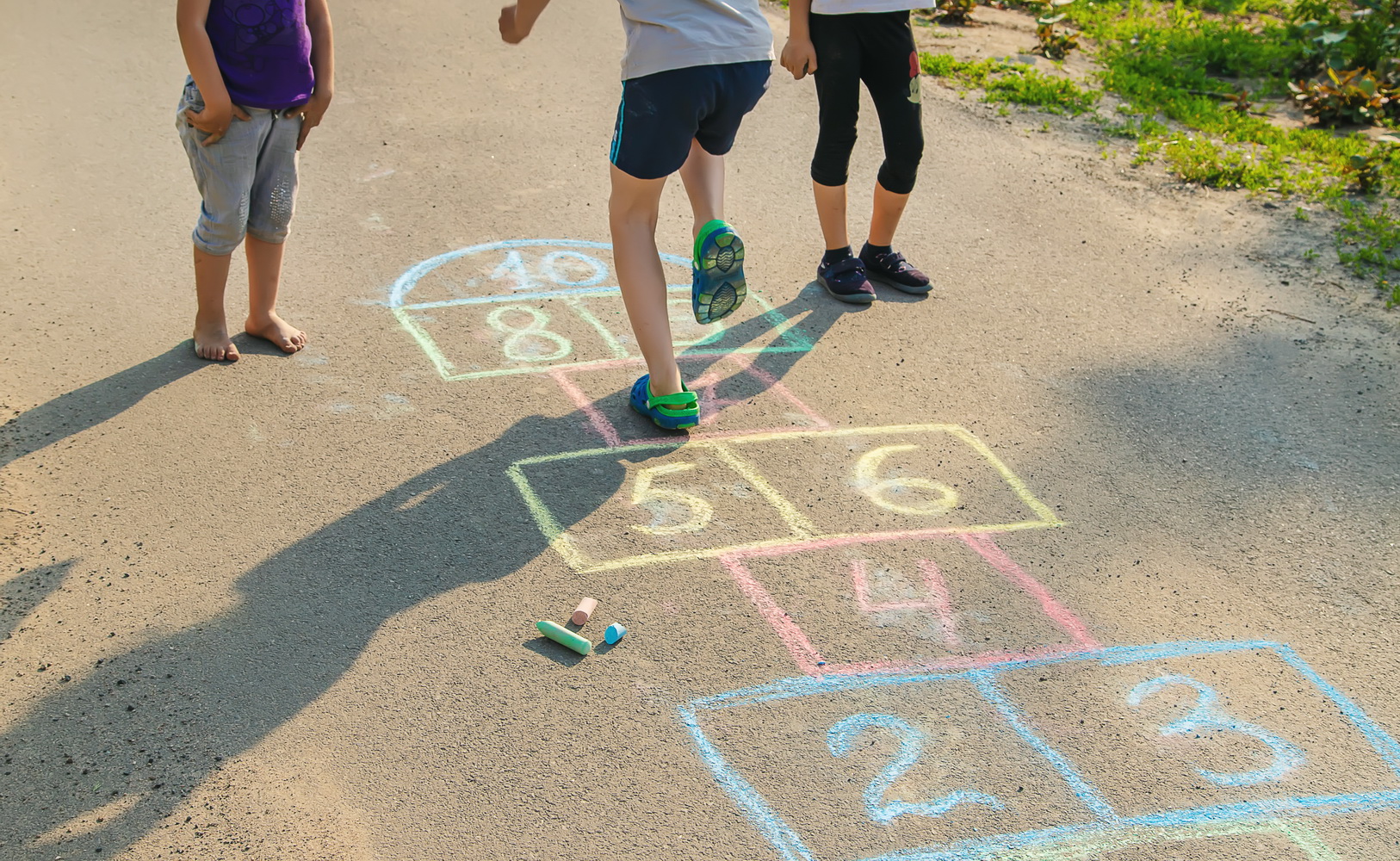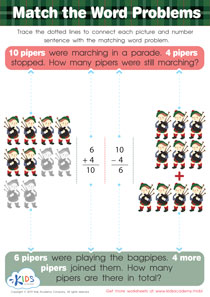Normal Addition Worksheets for Ages 6-7 - Page 3
53 filtered results
-
From - To
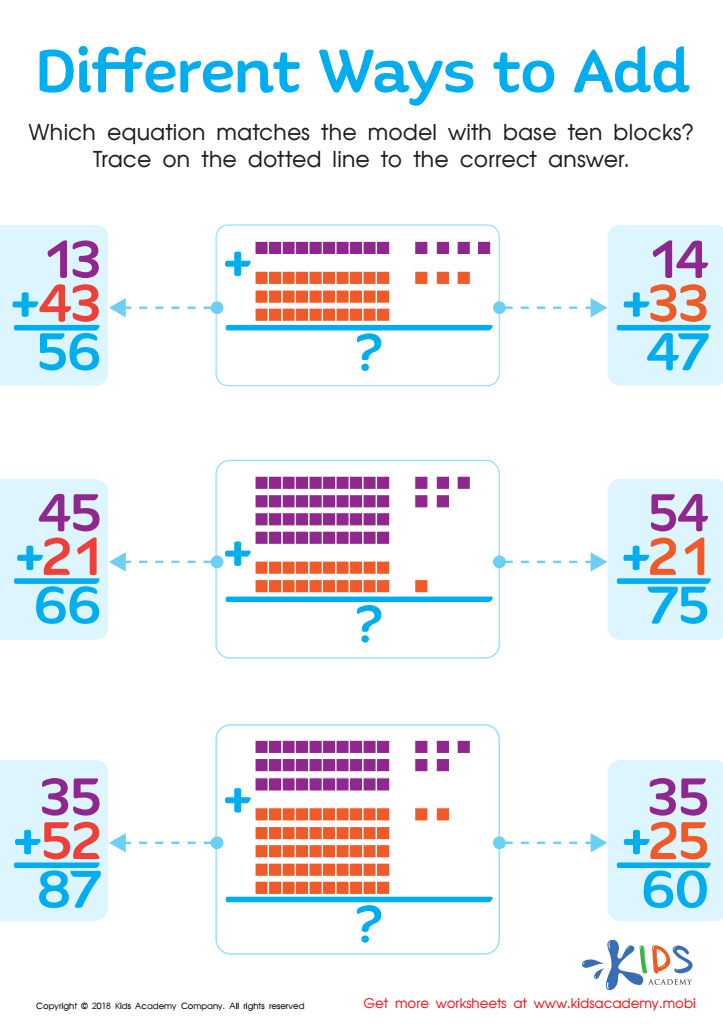

Different Ways to Add Worksheet
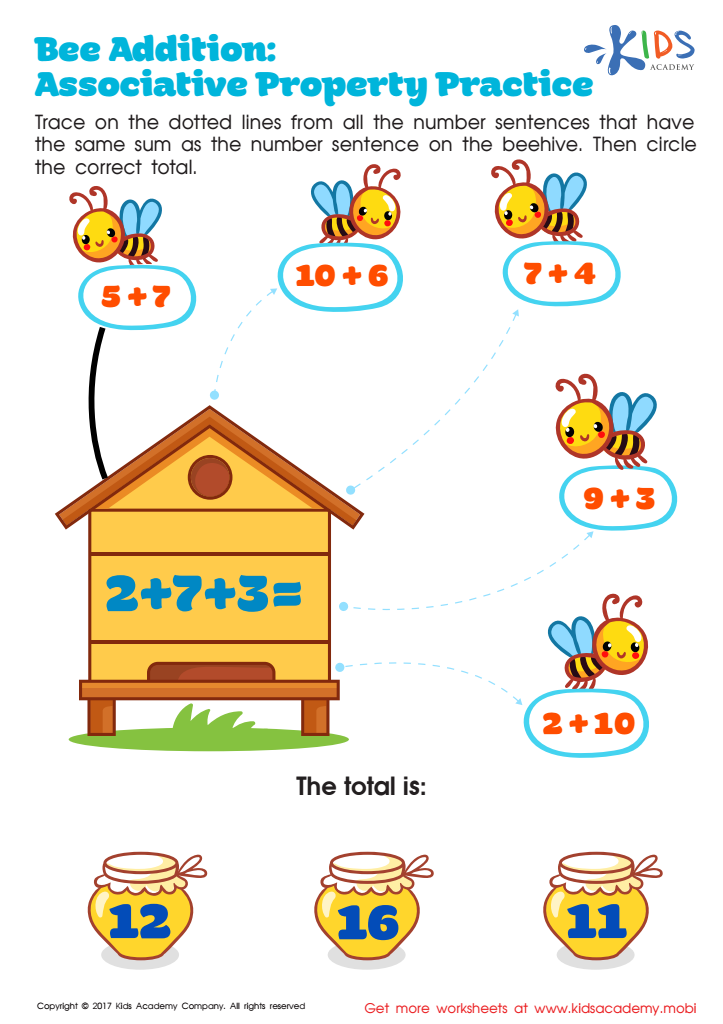

Bee Addition: Associative Property Practice Worksheet
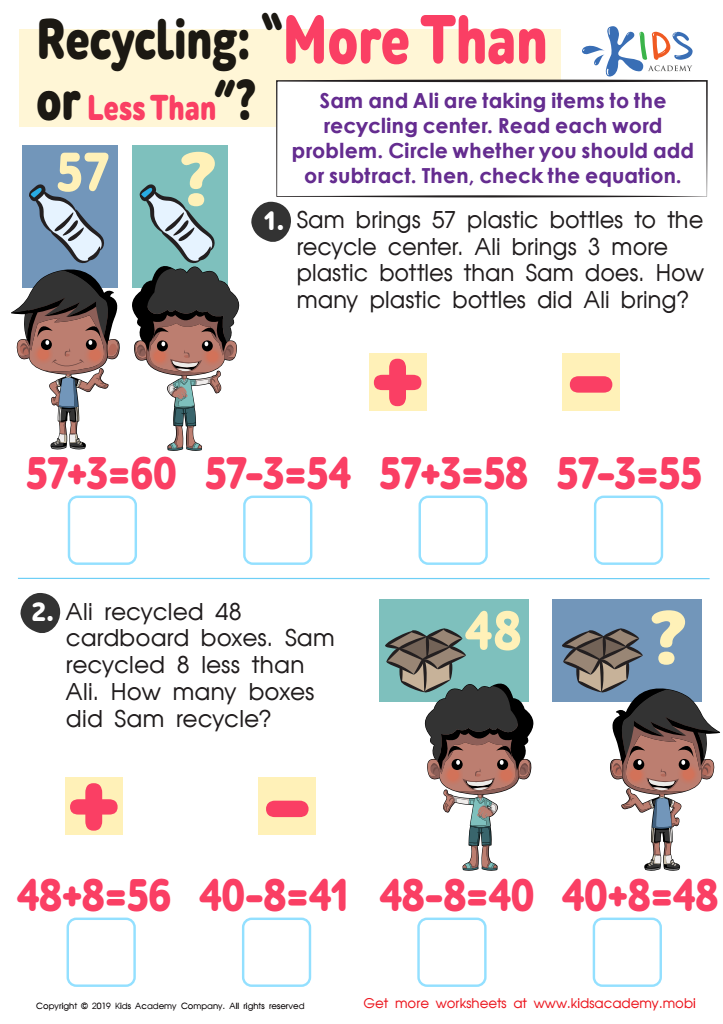

Recycling - More or Less Worksheet
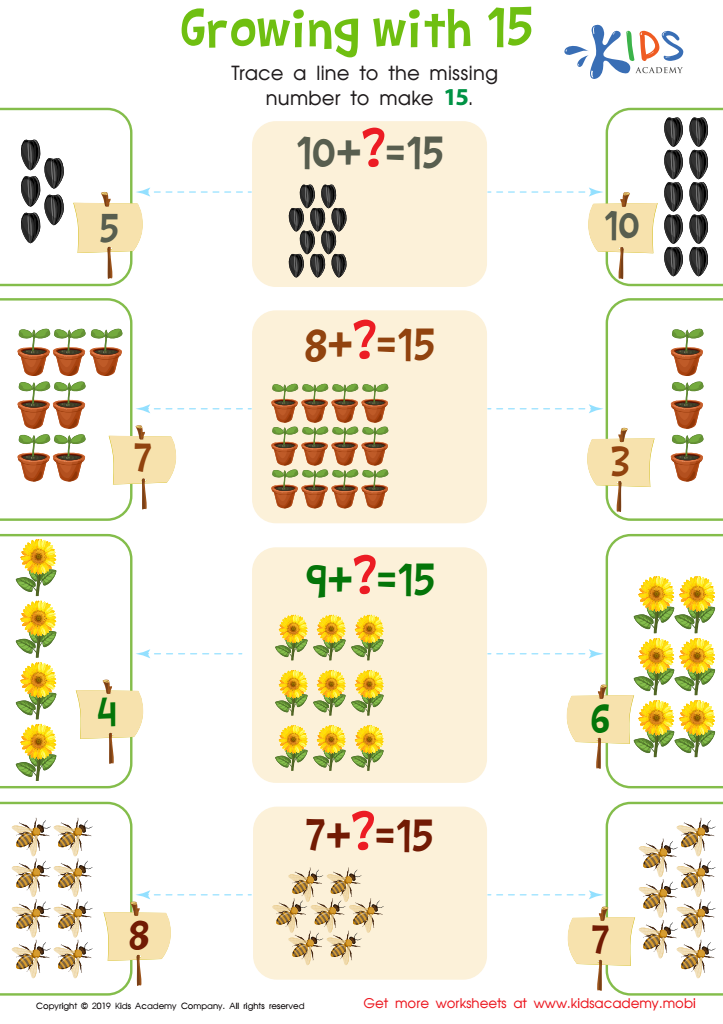

Growing with 15 Worksheet
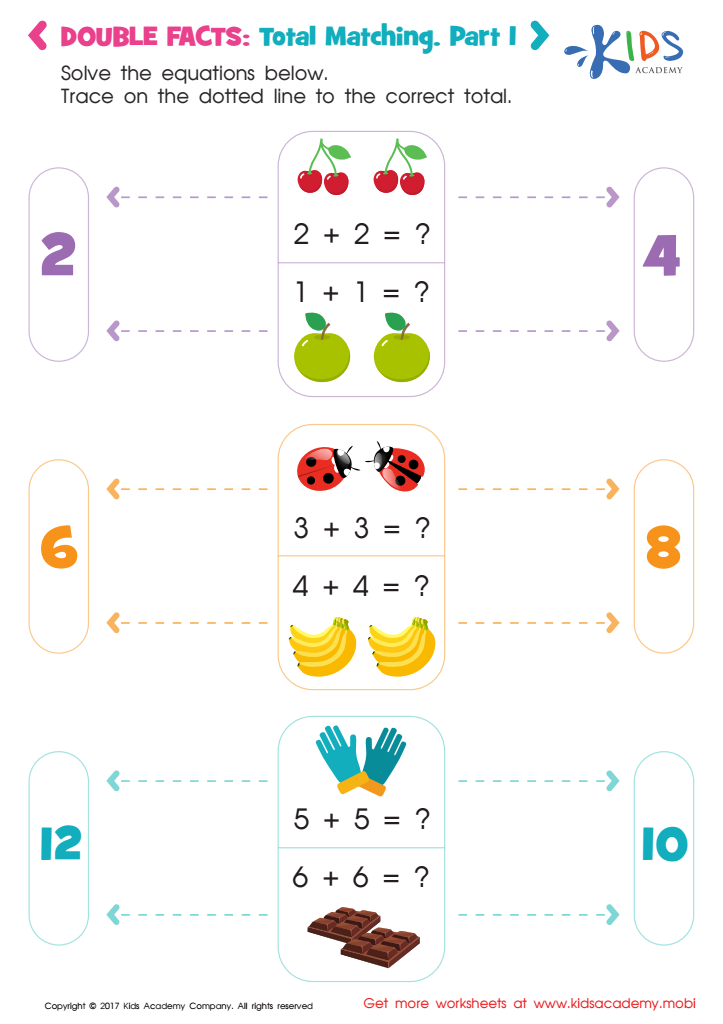

Double Facts: Total Matching Worksheet: Part 1
Normal Addition worksheets specially designed for ages 6-7 are an excellent tool for young learners to grasp the basics of arithmetic. At this critical developmental stage, children start to transition from concrete objects to more abstract forms of learning. Engaging in normal addition exercises enables them to understand the concept of adding numbers in a structured and systematic manner.
These worksheets are tailored to the cognitive and motor skills of 6- to 7-year-olds, making learning not only accessible but also enjoyable. By gradually increasing the difficulty level, these worksheets ensure a smooth learning curve, preventing kids from feeling overwhelmed while encouraging a sense of achievement as they progress. This positive reinforcement boosts their confidence and fosters a love for mathematics early on.
Moreover, normal addition worksheets for ages 6-7 incorporate a variety of problems that require different strategies to solve. This diversity in problem-solving scenarios encourages critical thinking and enhances problem-solving skills. Regular practice with these worksheets helps solidify fundamental math skills, providing a strong foundation for more complex mathematical concepts in the future.
In essence, normal addition worksheets for ages 6-7 are more than just practice tools; they are building blocks for a child's future success in mathematics. By making addition accessible and engaging, they help young learners develop confidence, skills, and a positive attitude toward learning.
 Assign to My Students
Assign to My Students



.jpg)
